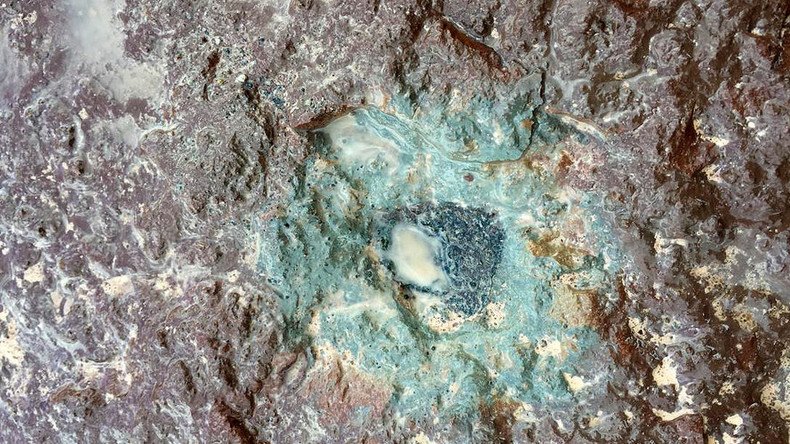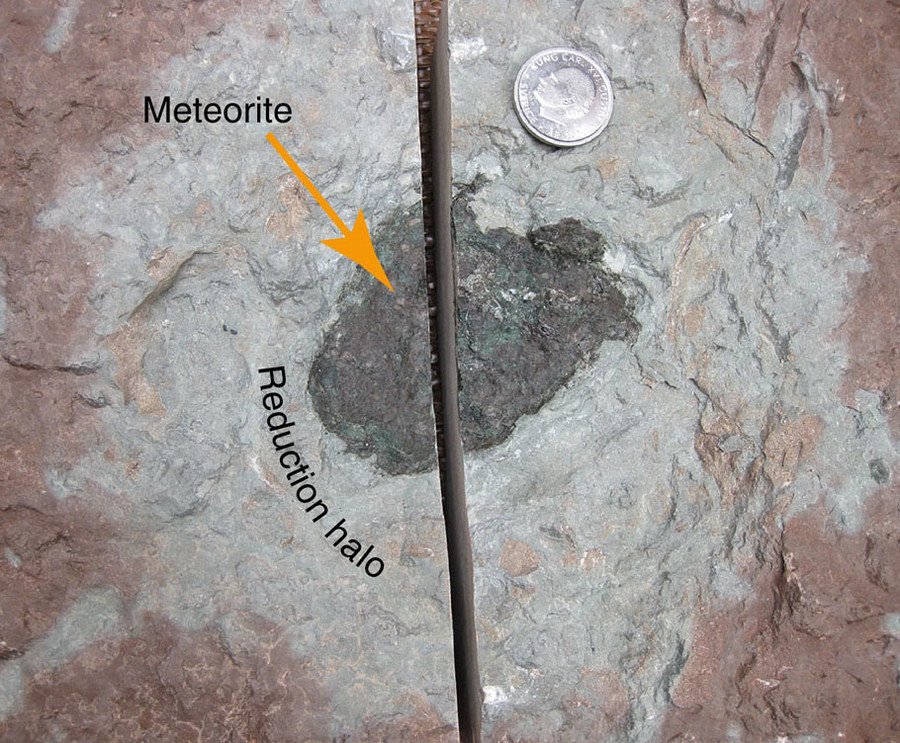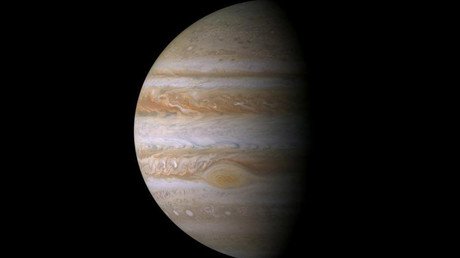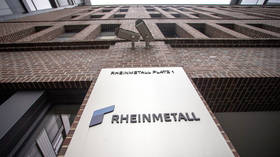Space rock relic: Scientists say new type of meteorite is remnant of ancient asteroid collision

A meteorite discovered in a Swedish quarry appears to be the only remnant of one part of a massive asteroid collision more than 470 million years ago, according to new research.
Scientists at the University of California, Davis have published their findings on the unique space rock discovered in 2011 in the journal Nature Communications.
The meteorite is the first of its kind found on Earth. "In our entire civilization, we have collected over 50,000 meteorites, and no one has seen anything like this one before," said study co-author Qing-zhu Yin.
"Discovering a new type of meteorite is very, very exciting," he added.
Extraterrestrial blade: King #Tutankhamun’s dagger came from outer #spacehttps://t.co/gEjUvEupyq
— RT (@RT_com) June 1, 2016
The fossilized remains of the meteorite, named Österplana 065 (Öst 65) after a church close to its discovery, was found in in Sweden’s Thorsberg quarry five years ago. The quarry has so far been the source of more than 100 common fossil meteorites called “L type chondrites.”
However, scientists noted that this meteor, just 4 inches wide and with an appearance described as “gray cow patty plopped into a pristine layer of fossil-rich pink limestone,” was unique.

The researchers found it was chemically distinct from not only the other meteorites found in the quarry, but also from the thousands of meteorites previously analyzed.
Researchers now believe the rock resulted from an ancient asteroid collision during the Ordovician Period, leading to the fall of many L type chondrites from one of the asteroids – but mostly obliterating the other asteroid.
The Öst 65 appears to be the only trace of the mystery object on Earth, but scientists say it’s possible that its remains are still out in space.
They measured the cosmic ray exposure of Öst 65 and found it had traveled in space for about a million years before striking Earth some 470 million years ago. This indicates it may be a fragment of the impact asteroid that broke up the L-chondrite parent body, scientists concluded, noting the timeline matches up with L-chondrite meteorites found in the quarry.
The study supports previous research linking the meteorite to a “major collisional event” and strengthens suspicions that more recent meteorites which have fallen on Earth do not represent the full range of rocks out there in our solar system.
“The meteorites found on Earth today apparently do not give a full representation of the kind of bodies in the asteroid belt 500 million years ago,” the study says.
Yin said it is possible to gain a better understanding of our solar system by analyzing meteorite fragments preserved in Earth’s ancient rocks: “If we can go back even further in time, we may eventually be able to find some of the true building blocks of Earth.”
Researchers say this may be the first documented example of an “extinct” meteorite – no other meteorite from that asteroid will fall on Earth again as its parent body has been “consumed by collisions.”














